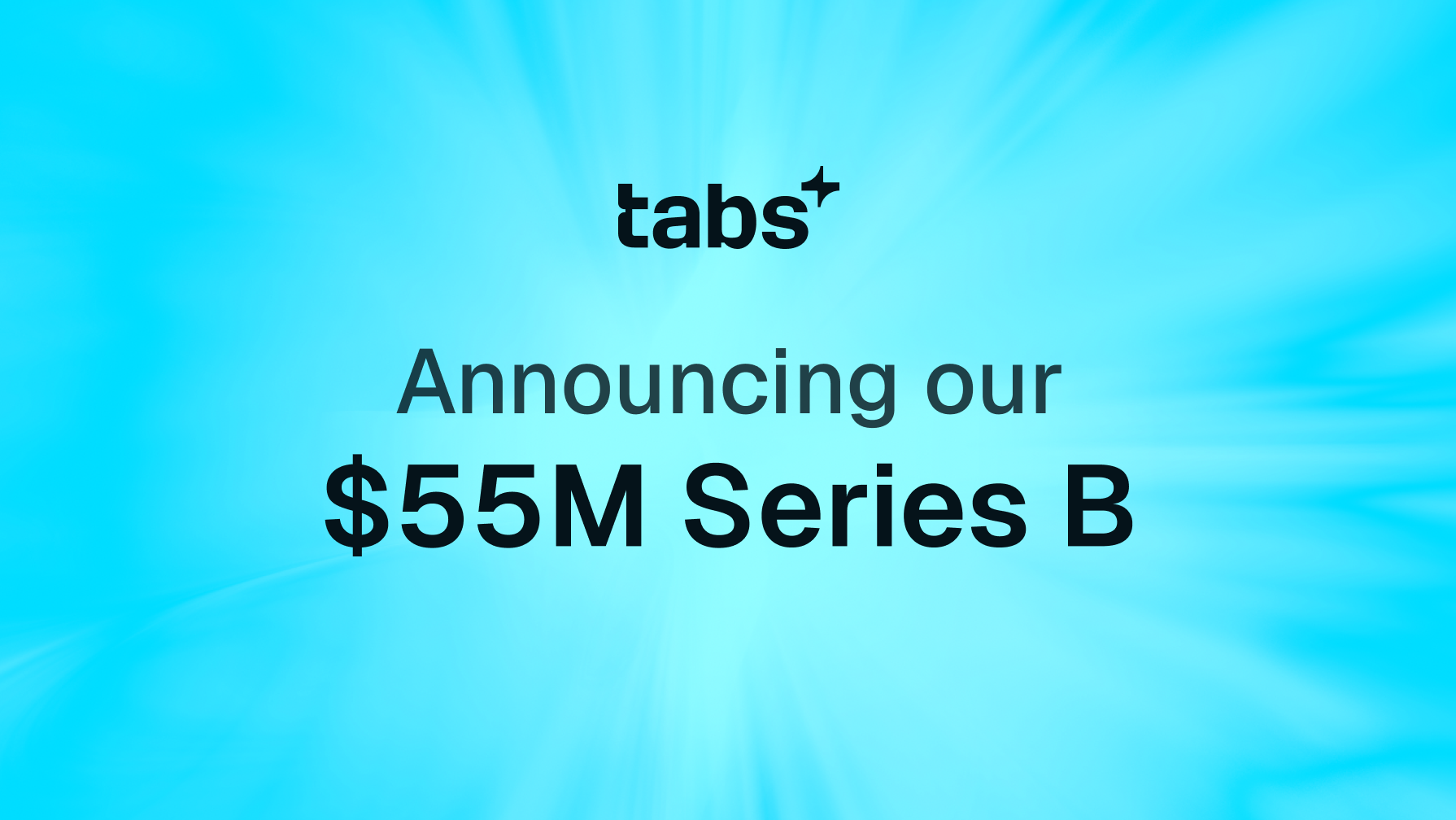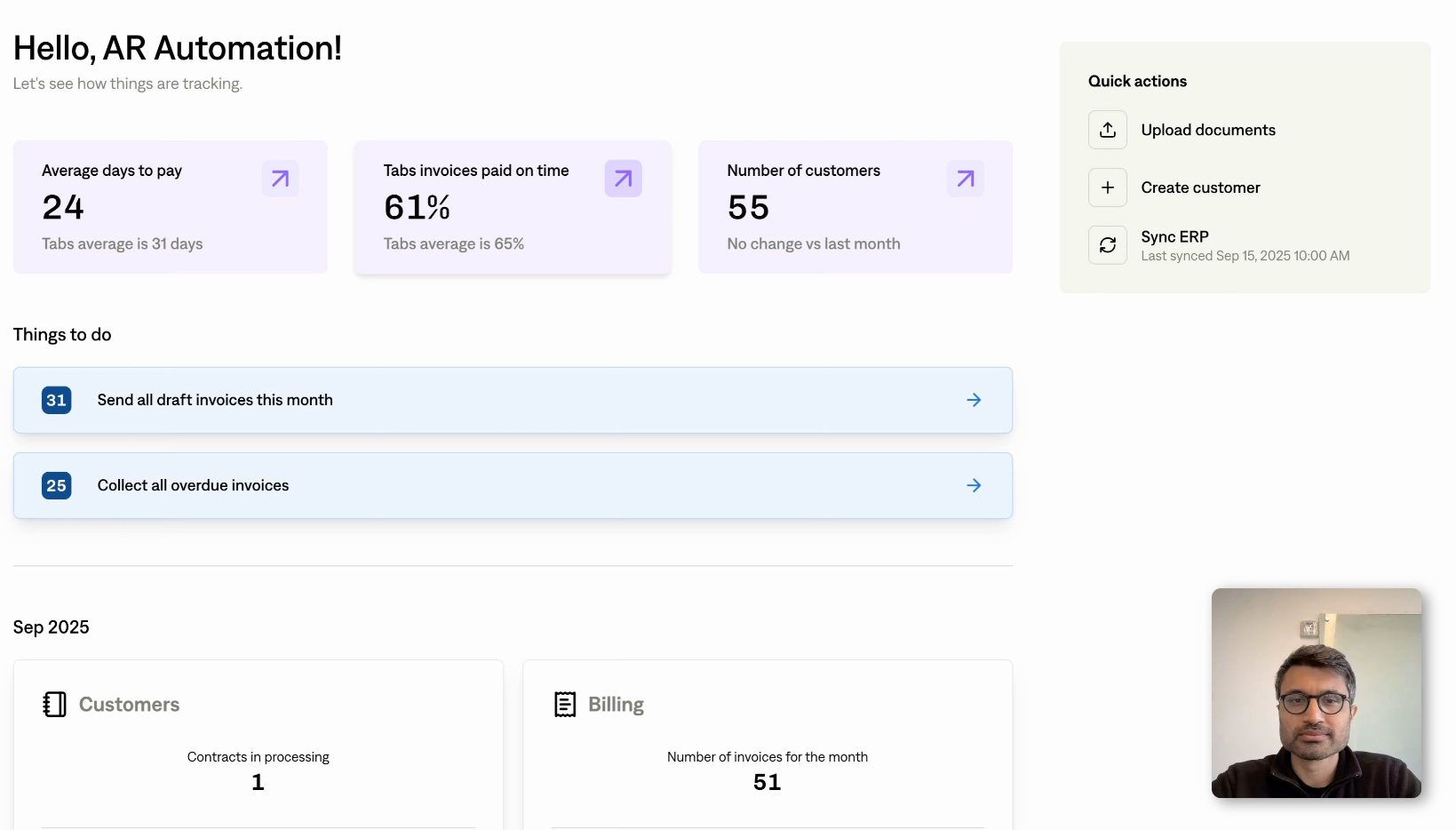For most finance teams, the month-end close is a high-stakes, time-intensive process. Reconciling revenue, resolving open invoices, tracking contractual changes, and preparing journal entries often requires time and manual effort across disconnected systems. As companies grow, so does the complexity; more product lines, more billing models, more change events to manage.
Tabs is redefining how modern finance teams approach the close. With our latest feature, Revenue Close Management, teams can manage the entire revenue processes in one system.
Why the Traditional Close Process No Longer Works
The month-end close remains heavily reliant on manual steps, even in organizations that have invested in ERPs and billing systems. Common challenges include:
- Dispersed contract data: Key terms are stored in emails, PDFs, or sales notes, not structured, connected systems.
- Misaligned systems: Billing schedules and revenue recognition are often managed separately, requiring time-consuming reconciliation.
- Manual change tracking: Amendments, renewals, and product changes must be updated manually across revenue schedules.
- Limited visibility: Finance teams are expected to provide real-time answers with tools that weren’t built for dynamic reporting or flux analysis.
This fragmentation delays close timelines, increases the risk of errors, and limits finance’s ability to deliver timely insights to the business.
A Shift Towards Real-Time Revenue Readiness
Finance teams are under pressure to operate with the same agility as their GTM counterparts. Hybrid PLG and SLG models introduce both usage-based and subscription-based billing, while increasing audit scrutiny and investor expectations demand higher accuracy.
This has led to a broader shift: from periodic, reactive closing to a state of continuous revenue visibility.
Tabs enables this shift with a unified platform that supports structured workflows, real-time syncing, and detailed audit trails across every stage of the close process.
Tabs Revenue Close Management: A Centralized Controlled Process
Tabs simplifies and automates the core elements of revenue close, from invoicing through journal entry export, giving finance teams a centralized system to manage every step with confidence.
Month Selection and Close Checklist
- Close workflows begin with explicit period selection, only completed months are available
- A structured checklist outlines each close task, with real-time progress tracking and links to relevant workflows
Draft Invoices and Open Transactions
- Summary view of unresolved draft invoices and open transactions
- Quick access to Tabs Billing for resolution
- AI-powered cash application allows users to match or exclude open items efficiently
Revenue and Billing Reconciliation
- Clear comparison of billed amounts vs revenue recognized for the selected period
- Insight into deferred and unbilled revenue balances
- Built-in support for variance analysis across months
Journal Entry Management
- Revenue schedules flow into journal entries automatically
- Teams can view, edit, group, and format entries by customer, product, or account
- Manual entries and memos can be added in-line; changes reflect immediately
- Formatting preferences can be saved and reused
Push to General Ledger
- Once all steps are completed, revenue entries can be pushed directly to the general ledger
Built for Complexity
Tabs was designed to support the nuanced needs of B2B finance teams, not just simple use cases. Whether your contracts include multi-element arrangements, usage-based pricing, milestone billing, or frequent amendments, Tabs parses contract terms, generates compliant schedules, and maintains alignment across systems automatically.
Our platform connects directly to your CRM, billing engine, and ERP, reducing the risk of errors and eliminating redundant data entry
Benefits to Finance Leaders
Finance teams using Tabs are able to:
- Reduce close timelines by 5–10x
- Eliminate manual spreadsheets and fragmented reconciliations
- Improve audit preparedness with structured, traceable workflows
- Increase operational efficiency and free up time for analysis and planning





